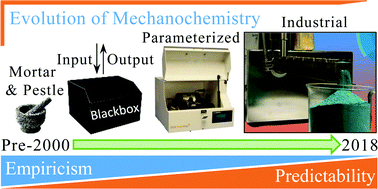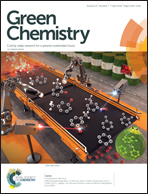Mechanochemistry and organic synthesis: from mystical to practical
Abstract
Perhaps due in no small part to its historical mystique, mechanochemistry has been shrowded in relative obscurity for quite some time. The successes of mechanochemistry in organic synthesis have often been curtailed by a fundamentally limited mechanistic understanding. Lately, however, the community has made great strides towards understanding the fundamentals, as well as large steps forward regarding industrially significant scale-up via twin-screw extrusion. A variety of recent work has traded in some of mechanochemistry's mystique for simple, straight-forward chemical guidelines. This exchange eases the concerns of a would-be practitioner of mechanochemistry, interested in having another tool in their lab. Simultaneously, pressures on institutions and researchers regarding lab safety, environmental awareness, productivity, and so on, continue to make mechanochemistry particularly attractive. The demand has never been higher for a methodology addressing these pressures, and at the same time the barriers to adopting mechanochemistry have never been lower. That being said, there still remains some mystique guarding the “rules” of mechanochemistry. For those interested in solving these fundamental questions, there remain plenty of high-value targets, and several of these will feature throughout this review.



 Please wait while we load your content...
Please wait while we load your content...